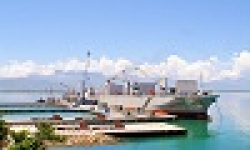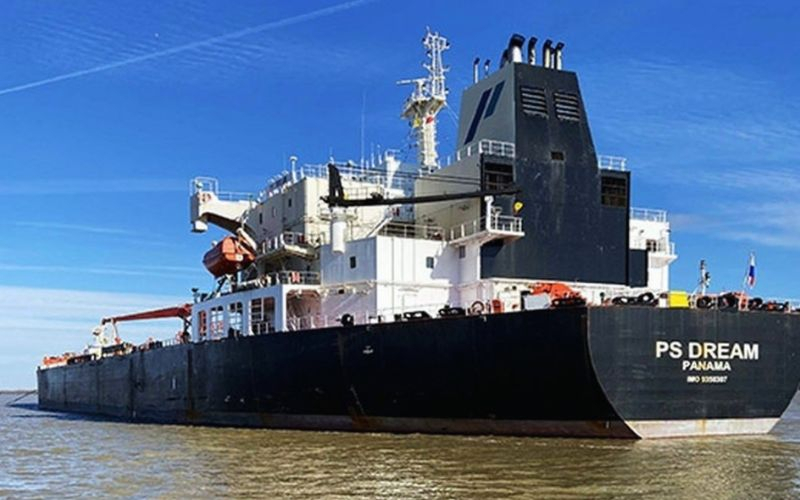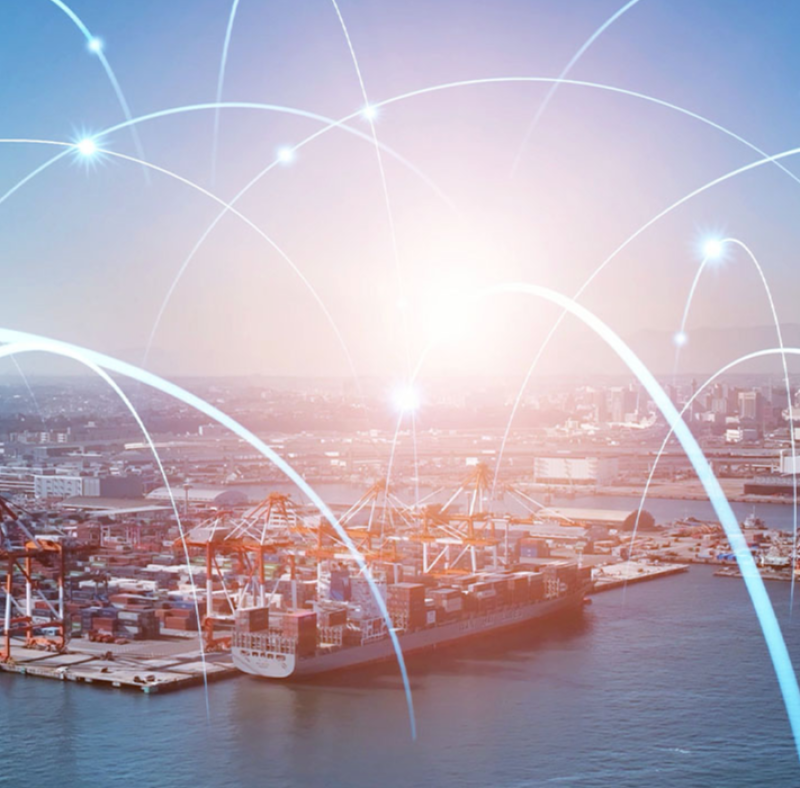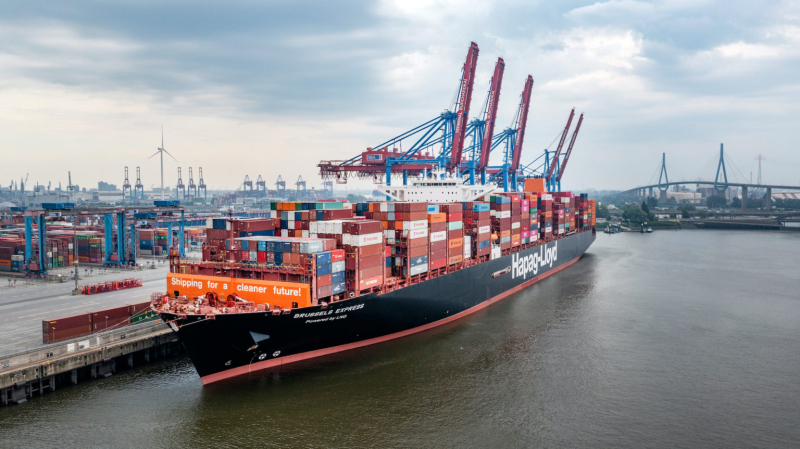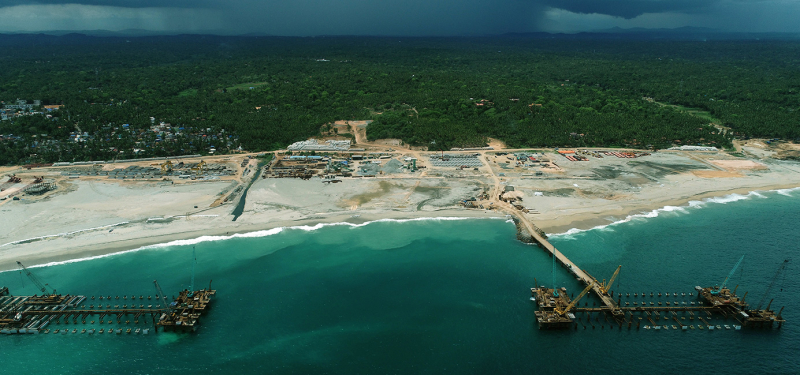
Container ships, the workhorses of global trade transporting almost 90% of the world’s manufactured goods, have become a target in Donald Trump’s conflict with China — and none of the major carriers stand to escape the extra costs.
Trump wants to punish operators of Chinese ships in order to help stimulate the creation of a US shipbuilding industry. Among the proposals is a fee of at least $1 million each time a Chinese-operated or Chinese-built ship enters a US port.
With Chinese ships featuring prominently in the both current fleets and order books, the largest shipping lines will quickly rack up costs from the potential port fees, unless they take extraordinary measures, said Peter Sand, chief analyst at Oslo-based freight analytics platform Xeneta.
“We expect this to be implemented, maybe with a few adjustments. But we’ll get the fees at some point,” he said. “The shipping companies are faced with a potentially major adjustment of their networks, which of course comes with a price.”
Chinese operators are the worst positioned, with almost all ships made in their home country. Still, the world’s two biggest shipping lines — MSC Mediterranean Shipping Co. and A.P. Moller-Maersk A/S — are also facing challenges.
About a quarter of their current fleets are China built, but their order books are heavily tilted toward shipyards in the Asian nation, according to data from Alphaliner. More than 90% of MSC’s current order book is placed with Chinese companies, while more than 70% of Maersk’s new vessels will be built there, the data show. This will make the potential port fees higher, as the ship tax is expected to be proportionally higher for those that are more reliant on China.
Still, companies are doubling down on their plans.
“Carriers are not stopping orders to Chinese shipyards,” said Mael Pape-Leostic, shipping analyst at Alphaliner, in emailed comments. “As an example, MSC, CMA CGM, and Evergreen respectively placed orders for ‘megamax’ ships in China in February and March.”
Not knowing where US levies will eventually land, several shipping lines have started re-positioning by moving made-in-China vessels away from US-bound trade loops. Liners could also call at fewer US ports to avoid levies, increasing the risk of congestion and higher freight rates, said Sand at Xeneta. He also pointed out that Gemini — the new alliance of Maersk and Hapag-Lloyd AG — has an advantage over MSC due to diverging strategies of port calls.
“If you only look at the underlying regulation, those three will get hit the same,” he said. “But MSC calls at more ports, and that will in the end lead to higher costs.”
Maersk, Hapag-Lloyd and MSC all declined to comment.
Sand estimates that China’s Cosco Shipping Holdings Co. could face levies of $3.1 million per US port call, based on its high percentage of Chinese-built ships in the current fleet and that all ships in its order book are placed with shipyards in China. For MSC and Maersk, the levy is expected to be less than $1 million per port call.
The levies could theoretically generate between $40 billion and $52 billion for US coffers, according to Clarksons Research Services, a unit of the world’s largest shipbroker.



